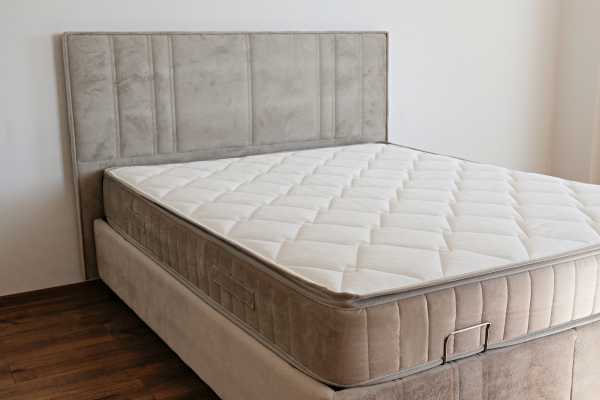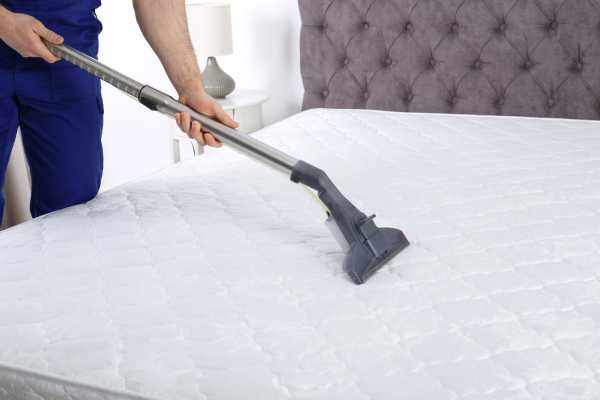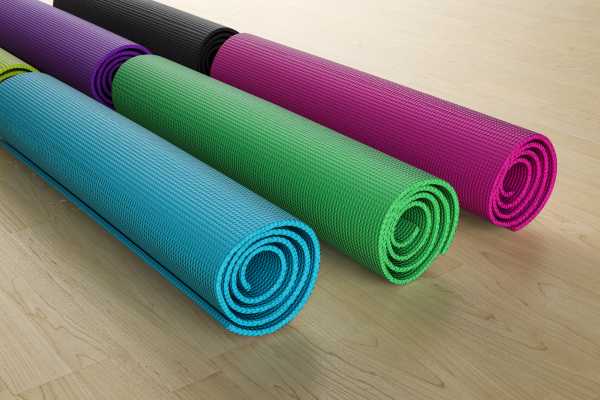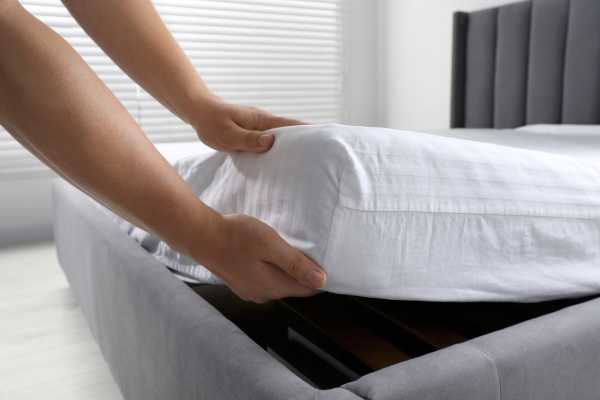Struggling with a mattress that won’t stay put It’s a common annoyance that can disrupt your sleep and even lead to unnecessary wear on your bed. In this guide, we’ll explore effective solutions on how to keep your mattress from sliding. ensuring a more restful night’s sleep. Whether you’re dealing with a slippery bed frame or a restless sleeper, these tips will help you secure your mattress firmly in place. Say goodbye to constant adjustments and hello to a stable, comfortable sleep environment. Discover easy-to-implement strategies that will make sliding mattresses a thing of the past.
Understanding Why Mattresses Slide

Mattresses often slide due to several common factors. One of the primary causes is a mismatched bed frame that doesn’t properly support the mattress, leading to movement. Lack of friction between the bed and the beds base, especially with smoother materials, also contributes to slippage. Additionally, worn-out mattresses can lose their grip over time, making them more prone to shifting. The type of bed frame plays a significant role—metal frames, for instance, may offer less friction than wooden ones. Similarly, bed materials like memory foam or latex can interact differently with the bed base, affecting stability. Understanding these causes is the first step in preventing your bed from sliding.
Assessing Your Current Bed Setup

To keep your mattress from sliding, start by assessing your current bed setup. Evaluate your bed frame, bed , and foundation to pinpoint any factors contributing to slippage. Check if the bed frame is loose or if screws and bolts need tightening. An unstable frame can cause your beds to shift, so ensure everything is secure. Also, examine the surface where the bed rests—uneven or slippery surfaces can lead to movement. A quick fix might involve repositioning the bed or adding a non-slip mat. Regularly maintaining your beds setup is key to preventing future issues and ensuring a stable, comfortable sleep environment.
Using Non-Slip Mattress Pads

Non-slip mattress pads are an effective solution to keep your mattress from sliding. These pads create friction between the mattress and the beds frame, preventing unwanted movement. Made from materials like rubber or felt, they are easy to place directly under the cushion. The best pads cover the entire surface area, ensuring maximum grip. When selecting a pad, consider options like rubber mesh for its durability and effectiveness. To properly install, simply lift the cushion, lay the pad flat on the bed frame or box spring, and place the cushion back on top. This simple addition can greatly enhance the stability of your cushion , ensuring a peaceful night’s sleep.
Securing the Mattress with Velcro Strips
Using Velcro strips is an effective way to keep your mattress from sliding. To secure your mattress, attach one side of the Velcro strip to the underside of the cushionand the corresponding side to the bed frame. This creates a strong bond that holds the mattress in place. The main benefit of this method is its durability; once attached, the cushion is unlikely to shift. However, a potential drawback is the reduced flexibility when repositioning the mattress, as the Velcro can be quite strong. This solution is ideal for those seeking a long-term fix to cushion slippage without frequent adjustments.
Utilizing Rubber Matting

Rubber matting is a practical and budget-friendly solution to keep your mattress from sliding. This material is known for its high friction, which helps hold the mattress firmly in place. To use rubber matting, simply measure the dimensions of your bed frame and cut the matting to match. Place the rubber matting directly on the bed frame, ensuring it covers the entire surface. The matting will create a non-slip barrier between the cushion and the frame, preventing unwanted movement. This quick and easy fix is ideal for anyone looking to secure their cushion without investing in more expensive options.
Adjusting or Replacing the Bed Frame

An ill-fitting or worn-out bed frame is often a key culprit when it comes to a sliding mattress. If your bed frame doesn’t properly support the cushion , it can lead to unwanted movement during the night. Over time, loose joints or broken slats can exacerbate this issue. To resolve it, start by tightening all screws and bolts on your current frame. If the problem persists, consider upgrading to a new, more supportive bed frame. Opt for a frame designed with secure edges or a slatted base to keep the cushion firmly in place, ensuring a more comfortable and stable sleep environment.
Adding Mattress Grippers
Mattress grippers are an excellent solution for preventing your mattress from sliding. These grippers, usually made of rubber or silicone, create friction between the cushion and the bed frame, effectively anchoring it in place. To install, simply place the grippers on the corners or along the edges of the cushion where it meets the bed frame. Popular options like Gorilla Grip or Home TechPro offer durable and easy-to-use products that can be trimmed to fit any cushion size. By adding these grippers, you’ll eliminate the hassle of constantly adjusting your cushion, ensuring a stable and comfortable sleep experience.
Using a Tight-Fitting Mattress Protector

A tight-fitting mattress protector is a simple yet effective solution for keeping your cushion from sliding. By securely wrapping your cushion , it adds an extra layer of friction between the cushion and the bed frame, helping to prevent unwanted movement. Not only does a well-fitted protector keep your cushion in place, but it also offers additional benefits, such as extending the life of your cushion by protecting it from spills, stains, and wear. This small investment can lead to a more stable sleep environment and preserve the quality of your cushion for years to come.
Regular Maintenance and Bed Frame Tightening
Regular maintenance is key to preventing your mattress from sliding. Over time, bed frame screws and bolts can loosen, leading to instability and slippage. By routinely checking and tightening these components, you can ensure a secure foundation for your cushion. A simple maintenance schedule involves inspecting your bed frame every three months, tightening any loose screws or bolts, and checking for any signs of wear. This proactive approach not only keeps your cushion in place but also extends the life of your bed frame, providing a more stable and comfortable sleep environment. Regular attention to these details can make a significant difference in your sleep quality.
New Mattress

If your mattress has seen better days, it might be time to consider a replacement. Over time, cushion can lose their shape, become worn, or develop uneven surfaces, making them more prone to sliding. A new cushion not only offers improved comfort and support but also tends to stay in place better. When shopping for a new cushion , look for options with anti-slip features or those made from materials with higher friction, like latex or memory foam. Investing in a high-quality cushion can eliminate sliding issues, providing a stable and restful sleep experience while extending the life of your bed setup.
Conclusion
Dealing with a sliding mattress can be frustrating, but with the right solutions, you can enjoy a stable and comfortable sleep environment. Whether it’s using non-slip pads, securing the cushion with Velcro, or investing in a new cushion designed to resist movement, there are plenty of options to explore. Consistently addressing the root causes will ensure that your cushion stays in place, improving both your sleep quality and bed longevity. By following these tips on **how to keep your mattress from sliding**, you’ll create a more secure and restful sleep space, ultimately enhancing your overall well-being and comfort.

